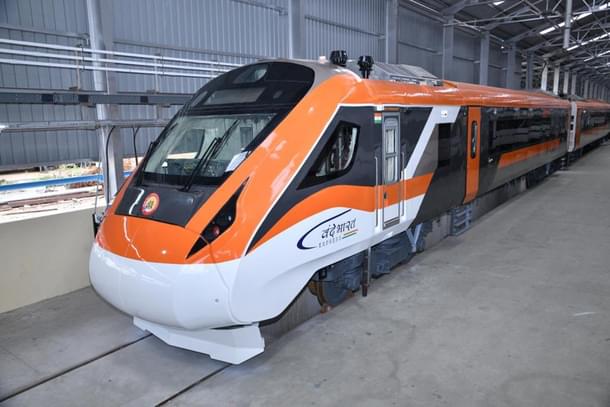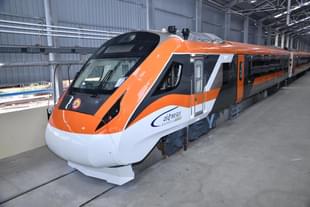News Brief
Indian Railways Achieves Major Milestone: Nearly 22,000 Km Of Tracks Ready For Semi-High-Speed Train Operations
Kuldeep Negi
Jan 03, 2025, 01:07 PM | Updated 01:07 PM IST
Save & read from anywhere!
Bookmark stories for easy access on any device or the Swarajya app.


Kuldeep is Senior Editor (Newsroom) at Swarajya. He tweets at @kaydnegi.





